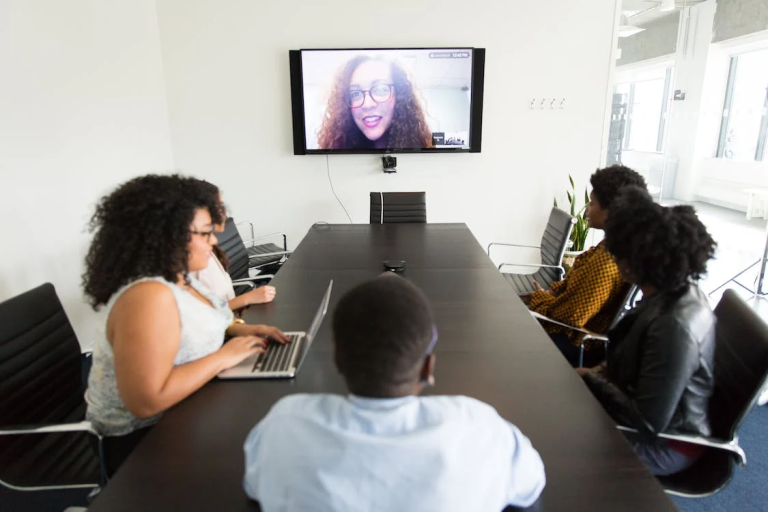As technology continues to dominate work environments, digital clutter has become a growing issue for many professionals. Unmanaged email inboxes, overfilled cloud storage, and countless apps can create distractions, reduce productivity, and increase stress. Implementing a digital declutter strategy in the workplace helps to create a more organized and focused environment, ultimately leading to improved efficiency and well-being.
Understanding Digital Clutter
Digital clutter refers to the overwhelming amount of unorganized data, files, apps, and notifications that people accumulate over time. Just like physical clutter, digital clutter creates distractions, hampers efficiency, and can cause mental overload. For businesses, this clutter can lead to wasted time, loss of important information, and reduced productivity.
Steps to Digital Decluttering
There are several steps employees can take to manage digital clutter effectively. First, organizing digital files is critical. Creating a consistent file naming system, archiving old files, and deleting duplicates can help streamline workflows. Establishing folders for different projects or clients and maintaining them regularly will ensure that information is easy to find when needed.
Another important strategy is cleaning up the email inbox. Many workers lose hours each week sorting through unnecessary emails, which hinders productivity. Unsubscribing from unnecessary mailing lists, setting up filters, and categorizing emails into folders will significantly reduce the amount of time spent managing an overflowing inbox.
Additionally, reviewing apps and software tools is essential for maintaining a clutter-free digital workspace. Employees often download apps or subscribe to services they no longer use. Periodically reviewing these tools and eliminating unnecessary ones can free up digital space and reduce distractions.
Benefits of Digital Minimalism
Digital minimalism emphasizes focusing only on the essential tools, apps, and data needed to perform tasks efficiently. It’s not about rejecting technology but about using it intentionally to support productivity. By embracing digital minimalism, employees can reduce distractions and increase their mental clarity.
For example, choosing to work with a few essential apps or platforms, rather than juggling numerous tools, can simplify workflows. This approach helps minimize the cognitive load of switching between different programs and prevents the frustration of managing too many tools simultaneously.
Enhancing Workplace Productivity with Digital Decluttering
For HR departments, promoting digital decluttering and minimalism can have far-reaching benefits. Encouraging employees to streamline their digital workspaces can improve productivity, reduce stress, and create a more organized workforce. Offering workshops on effective file management, email organization, and time management can provide employees with the tools they need to adopt better digital habits.
Moreover, upgrading infrastructure to ensure employees have access to fast and reliable high-speed internet allows for smooth and efficient management of digital tools. High- speed internet reduces the frustration of waiting for slow downloads, buffering, or syncing of files, contributing to a more seamless digital experience.
Digital decluttering and minimalism are essential strategies for today’s digital-first workplaces. By creating an organized and intentional digital workspace, employees can reduce distractions, improve their focus, and enhance productivity. HR teams that promote these practices will foster a more efficient work environment while enabling employees to thrive in a connected world.













